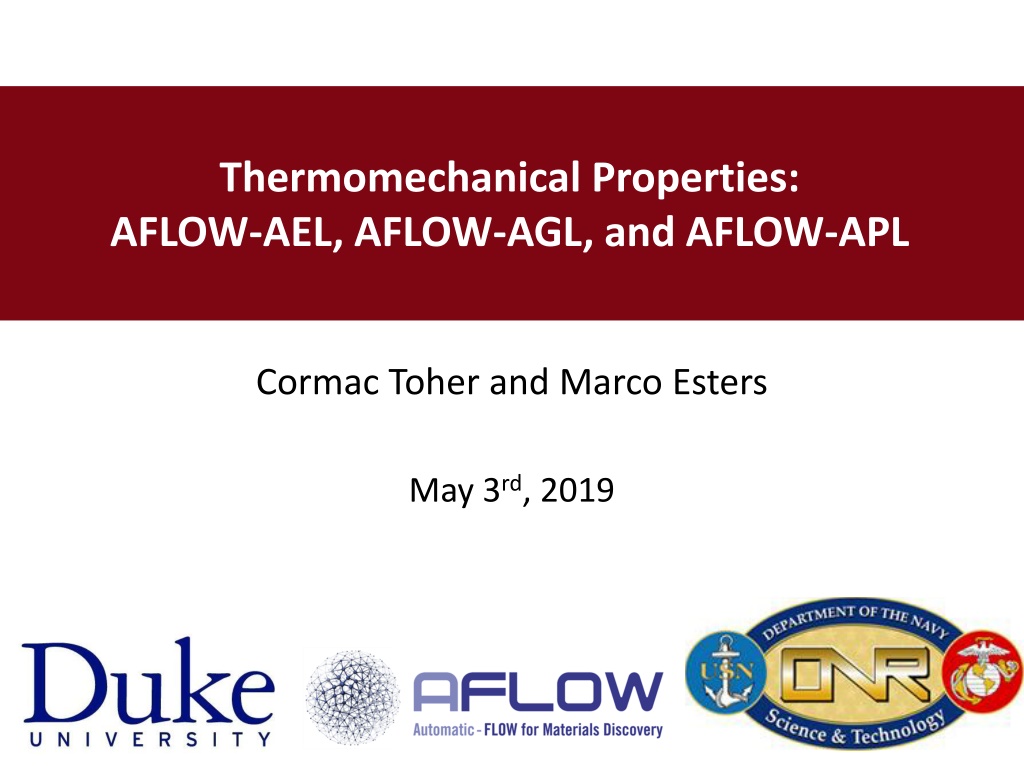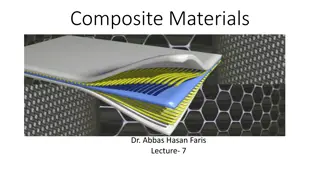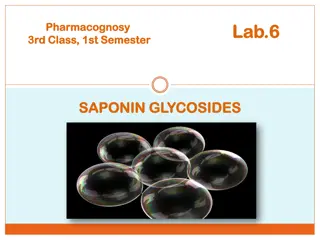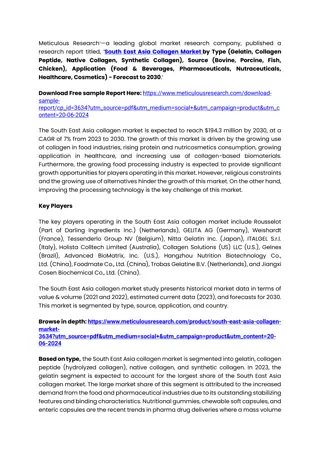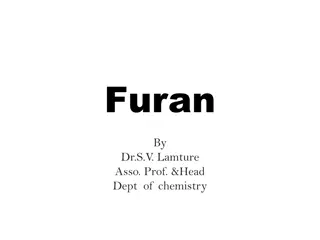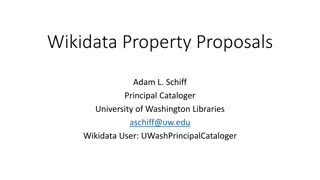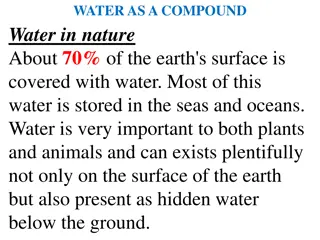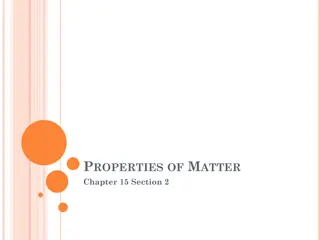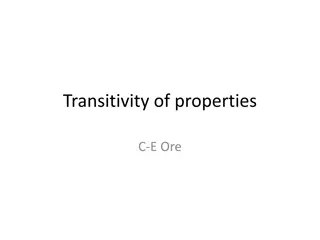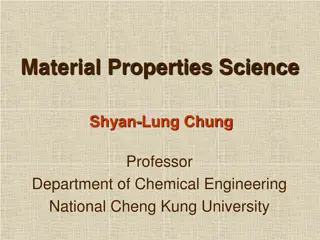Thermomechanical Properties with AEL and AGL
Determining elastic constants, Debye-Grneisen model, thermal conductivity, and more using AFLOW-AEL and AFLOW-AGL methods. Data accessible online at aflow.org for over 6000 materials.
Download Presentation

Please find below an Image/Link to download the presentation.
The content on the website is provided AS IS for your information and personal use only. It may not be sold, licensed, or shared on other websites without obtaining consent from the author.If you encounter any issues during the download, it is possible that the publisher has removed the file from their server.
You are allowed to download the files provided on this website for personal or commercial use, subject to the condition that they are used lawfully. All files are the property of their respective owners.
The content on the website is provided AS IS for your information and personal use only. It may not be sold, licensed, or shared on other websites without obtaining consent from the author.
E N D
Presentation Transcript
Thermomechanical Properties: AFLOW-AEL, AFLOW-AGL, and AFLOW-APL Cormac Toher and Marco Esters May 3rd, 2019
AEL: Elastic constants Apply set of independent normal and shear strains Normal strain Shear strain Use strain-stress data to calculate elastic properties: 6x6 elastic tensors Bulk and shear modulus Poisson ratio Combine with AGL (Debye model) to get more accurate Debye temperature and thermal conductivity 2 C. Toher et al., Phys. Rev. Mater. 1, 015401 (2017)
AGL: Debye-Grneisen model Different volume cells E(V) data from DFT (VASP, QE, etc.) , , , , Energy (eV) Energy (eV) -12 -12 -10 -10 -11 -11 -7 -7 -9 -9 -8 -8 20 20 30 30 Volume ( Volume ( 3) 3) Debye temperature: D(V) 40 40 50 50 Polynomial fit E (DFT) E (DFT) Gr neisen parameter: Heat capacity: CV 60 60 Fit with polynomial or eqn of state: bulk modulus, B(V) Lattice thermal conductivity, L 3 C. Toher et al., Phys. Rev. B 90, 174107 (2014); M. A. Blanco et al., Comp. Phys. Commun. 158, 57 (2004)
AGL+AEL: Results Thermal Conductivity (300K) Debye temperature Correlation with experimental results is ~0.9 Using AEL Poisson ratio improves correlation by ~5% AGL method suited for rapid screening of thermal properties 4 C. Toher et al., Phys. Rev. B 90, 174107 (2014); C. Toher et al., Phys. Rev. Mater. 1, 015401 (2017)
AFLOW.org: Thermo-mechanical properties AEL-AGL combined workflow has been run for ~6000 materials Data is accessible online at aflow.org, via AFLOW REST-API and AFLUX search-API Elastic property keywords: ael_bulk_modulus_vrh, ael_shear_modulus_vrh, ael_poisson_ratio, Thermal properties keywords: agl_debye, agl_gruneisen, agl_heat_capacity_Cv_300K, agl_thermal_conductivity_300K, agl_thermal_expansion_300K, 5 C. Toher et al., Phys. Rev. Mater. 1, 015401 (2017)
AEL: Elastic constants AFLOW-AEL is run by including the following line in the aflow.in: [AFLOW_AEL]CALC The number and size of the normal and shear strains can be set using the following lines: [AFLOW_AEL]NNORMAL_STRAINS=<number> [AFLOW_AEL]NSHEAR_STRAINS=<number> [AFLOW_AEL]NORMAL_STRAIN_STEP=<number> [AFLOW_AEL]SHEAR_STRAIN_STEP=<number> Symmetry can be used to reduce the number of independent directions by including the following lines: [AFLOW_AEL]STRAIN_SYMMETRY=ON DFT calculations can be run for the strained structures in all of the subdirectories using the following command: aflow --multi --D <directory path> C. Toher et al., Phys. Rev. Mater. 1, 015401 (2017) 6
AEL: Elastic constants Exercises: Uncomment the appropriate line to run an AEL calculation to the aflow.in file created using the Heusler prototype in the previous exercise. Use the command aflow --run --generate_aflowin_only to create the subdirectories for this AEL calculation. (Note: this will not perform any DFT calculations, which would require VASP to be installed on your computer and can be computationally expensive. To run DFT calculations, leave out the option --generate_aflowin_only. Use the command aflow --multi --D ./ to run all subdirectories). How many subdirectories are created? Copy the aflow.in file to a new directory, and switch the option to control the use of symmetry to determine number of independent directions to OFF . Re-run the command to generate the subdirectories with the option switched on and switched off. How many subdirectories are created now? C. Toher et al., Phys. Rev. Mater. 1, 015401 (2017) 7
AGL: Debye-Grneisen model AFLOW-AGL is run by including the following line in the aflow.in: [AFLOW_AGL]CALC The number and size of the isotropic strains applied to the structures can be set using the following lines: [AFLOW_AGL]NSTRUCTURES=<number> [AFLOW_AGL]STRAIN_STEP=<number> The value of the Poisson ratio used to calculate the Debye temperature can be set using the following line: [AFLOW_AGL]POISSON=<number> AEL can be called to calculate the Poisson ratio using the following line: [AFLOW_AGL]AEL_POISSON_RATIO=ON DFT calculations can be run for the strained structures using the following command: aflow --multi --D <directory path> C. Toher et al., Phys. Rev. B 90, 174107 (2014); C. Toher et al., Phys. Rev. Mater. 1, 015401 (2017) 8
AGL: Debye-Grneisen model Exercises: 1. Uncomment the appropriate line to run an AGL calculation to the aflow.in file created using the Heusler prototype in the previous exercise. 2. Change the option to use AEL to calculate the Poisson ratio to OFF , and use the command aflow --run --generate_aflowin_only to create the subdirectories for this calculation. (Note: this will not perform any DFT calculations, which would require VASP to be installed on your computer and can be computationally expensive. To run DFT calculations, leave out the option --generate_aflowin_only. Use the command aflow --multi --D ./ to run all subdirectories). How many subdirectories are created? 3. Copy the aflow.in file to a new directory, and change the option to use AEL to calculate the Poisson ratio to ON . Re-run the command to generate the subdirectories. What structures are created? C. Toher et al., Phys. Rev. B 90, 174107 (2014); C. Toher et al., Phys. Rev. Mater. 1, 015401 (2017) 9
APL: Phonon calculations Interatomic force constants AFLOW Phonon Library Phonon dispersion Perturb atom, obtain change in force on others 10 Curtarolo et al., Comput. Mater. Sci. 58, 218 (2012); Curtarolo et al., Comput. Mater. Sci. 58, 227 (2012)
APL: Phonon calculations AFLOW-APL is run by uncommenting the following line in the aflow.in: [AFLOW_APL]CALC Followed by the usual run command aflow --run --LOCK=apl.LOCK Alternatively, a fresh aflow.in can be created with the line already uncommented aflow --aflow_proto=T0001.A2BC:Cu:Ti:Zn --module=apl --generate_aflowin_only DFT calculations can be run for the distorted structures using the following command: aflow --multi --D <directory path> Curtarolo et al., Comput. Mater. Sci. 58, 218 (2012); Curtarolo et al., Comput. Mater. Sci. 58, 227 (2012) 11
APL: Phonon calculations Additional parameters: [AFLOW_APL]ENGINE=DM [AFLOW_APL]DMAG=0.015 [AFLOW_APL]MINATOMS=175 #[AFLOW_APL]SUPERCELL=3x3x3 [AFLOW_APL]DC=ON [AFLOW_APL]DPM=ON [AFLOW_APL]ZEROSTATE=ON [AFLOW_APL]POLAR=ON [AFLOW_APL]DOS=ON [AFLOW_APL]TP=ON [AFLOW_APL]TPT=0:2000:10 [AFLOW_APL]KPPRA=2000 Curtarolo et al., Comput. Mater. Sci. 58, 218 (2012); Curtarolo et al., Comput. Mater. Sci. 58, 227 (2012) 12
APL: Phonon calculations Exercises: 1. Add/uncomment the appropriate line to run an APL calculation to the aflow.in file created using the Heusler prototype in the previous exercise. 2. Use the command aflow --run --generate_aflowin_only to create the subdirectories for this calculation. (Note: this will not perform any DFT calculations, which would require VASP to be installed on your computer and can be computationally expensive. To run DFT calculations, leave out the option -- generate_aflowin_only. Use the command aflow --multi --D ./ to run all subdirectories). How many subdirectories are created? How many atoms do the supercells contain? 13
